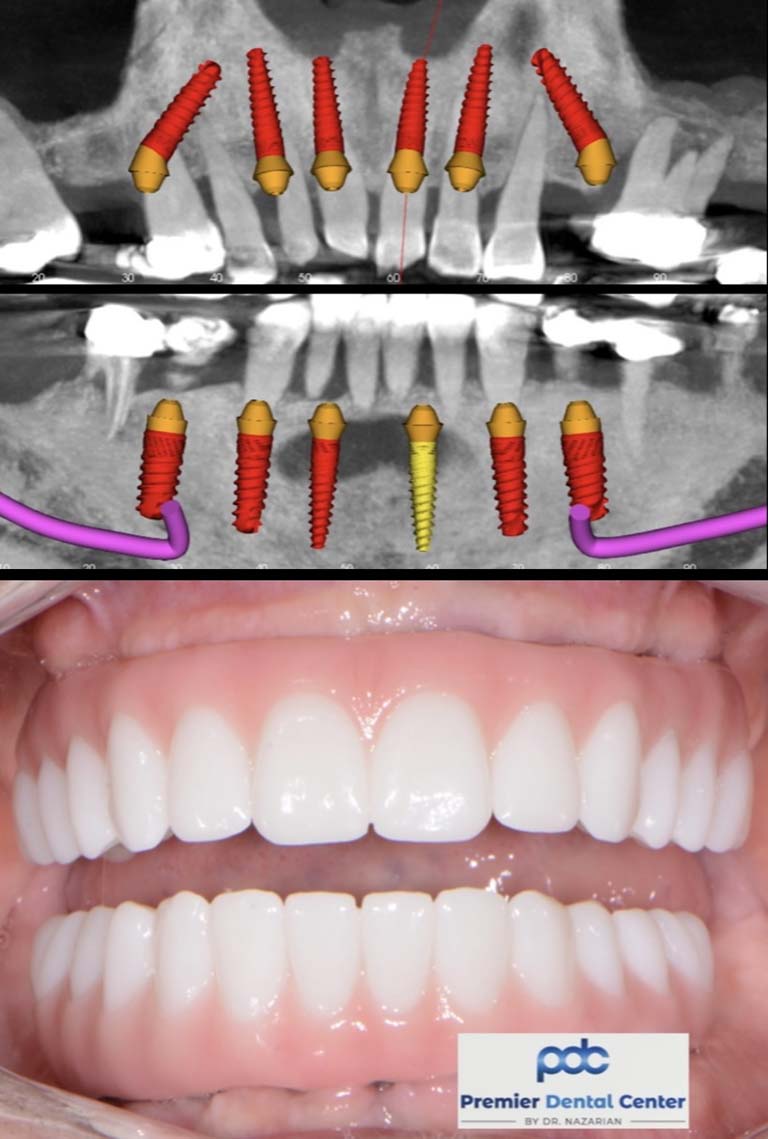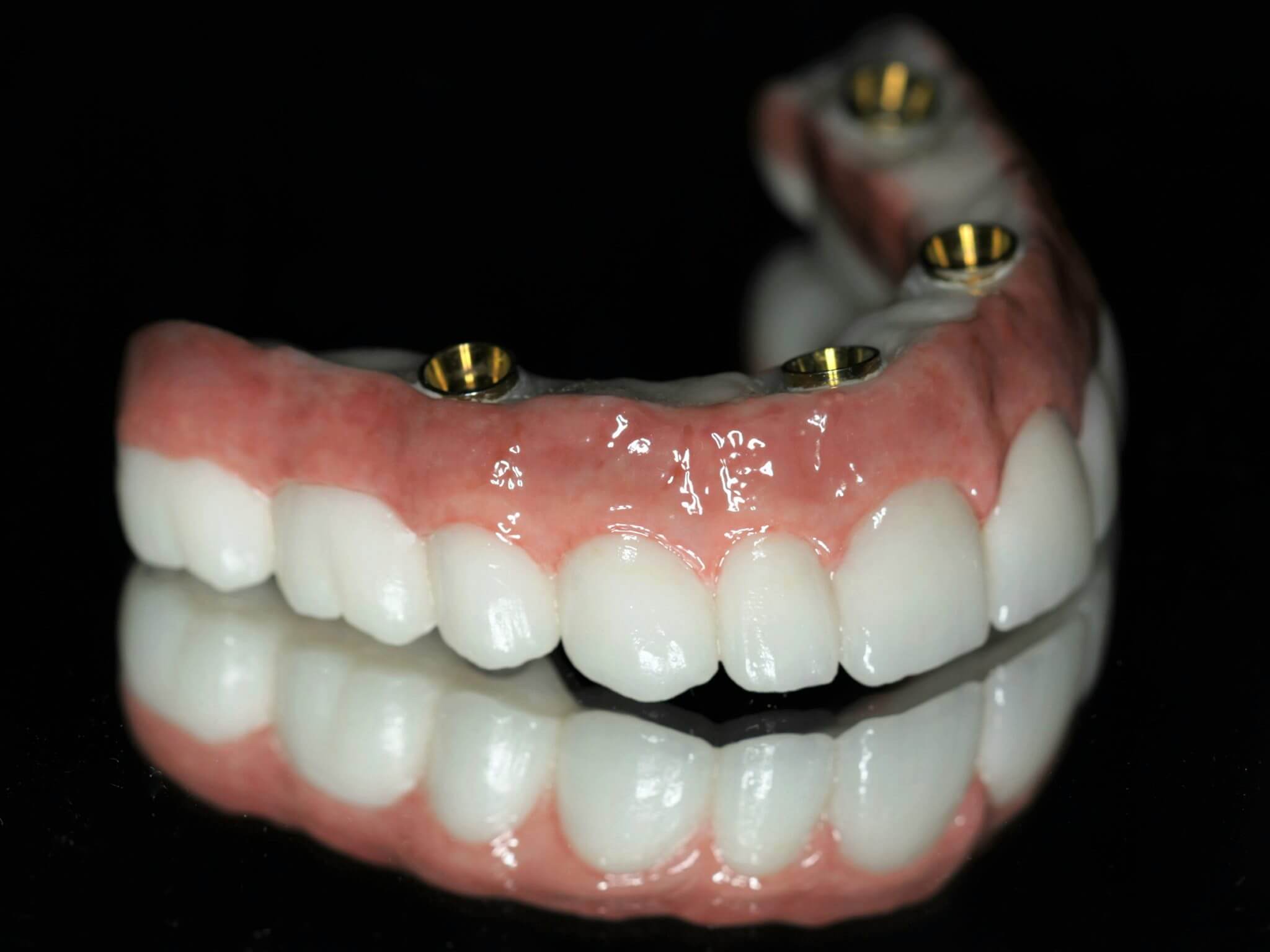Dental Sense Fundamentals Explained
Some Ideas on Dental Sense You Should Know
Table of ContentsDental Sense - An OverviewThe 5-Minute Rule for Dental SenseThe Of Dental SenseAbout Dental Sense
are clinical gadgets surgically implanted into the jaw to restore an individual's capability to chew or their look. They give support for fabricated (fake) teeth, such as crowns, bridges, or dentures. When a tooth is shed as a result of injury or illness, a person can experience complications such as fast bone loss, faulty speech, or changes to eating patterns that cause pain.Oral implant systems contain a dental implant body and dental implant abutment and may likewise consist of an abutment fixation screw. Root canal procedure. The dental implant body is operatively put in the jawbone in place of the tooth's root. The oral implant joint is generally connected to the dental implant body by the joint fixation screw and extends through periodontals into the mouth to sustain the attached man-made teeth
(https://moz.com/community/q/user/dentalsense1)Structure of The Dental Implant System choosing dental implants, talk to your oral provider about the possible benefits and dangers, and whether you are a candidate for the treatment. Things to consider: Your general health and wellness is a vital consider identifying whether you are an excellent prospect for oral implants, just how long it will require to recover, and how much time the implant may remain in location.
Smoking may influence the recovery process and decrease the long-lasting success of the dental implant. The healing process for the dental implant body may take numerous months or longer, throughout which time you typically have a short-lived joint in place of the tooth. the dental implant procedure: Carefully adhere to the oral hygiene instructions offered to you by your dental supplier.
Get This Report on Dental Sense
Implant failing can result in the requirement for one more procedure to repair or change the implant system. Brings back the capacity to eat Recovers aesthetic look Helps maintain the jawbone from diminishing as a result of bone loss Preserves the health of the surrounding bone and gums Aids keep nearby (neighboring) teeth steady Boosts lifestyle Damages to bordering natural teeth during implant placement Injury to the surrounding cells throughout surgery, such as sinus perforation Injury throughout surgical treatment (for instance, crack of surrounding jawbone) Insufficient function, such as feeling like the teeth do not attack with each other normally An experience that the tooth hangs or twisting in position arising from a joint screw loosening Implant body failure (looseness of the implant body) as a result of systemic infection, which might be more probable in individuals with unrestrained diabetics issues because of regional infection in bone and periodontals supporting the implant body due to delayed recovery, which may be most likely in individuals who smoke Trouble cleaning up the gum tissues around the dental implant, leading to bad oral hygiene Without treatment gum disease Post-surgical pins and needles as a result of nerve impingement or damage Always notify healthcare service providers and imaging specialists that you have dental implants prior to any type of magnetic resonance imaging (MRI) or x-ray treatments.
FDA is not knowledgeable about any damaging occasions reported for MRI or x-ray procedures with oral implants. Dental implants systems are commonly constructed from products that follow worldwide agreement standards of the International Organization for Standardization (ISO) or ASTM International. These criteria have details of what makes a safe product.

A dental implant is a framework that changes a missing out on tooth. With screw-like devices, the specialist inserts an implant right into the jawbone, and it acts as an anchor for a synthetic tooth, called a crown. A gadget called an abutment links the synthetic tooth to the oral implant. The crown is customized to fit the person's mouth and match the color of their teeth.
9 Easy Facts About Dental Sense Shown
Some try these out people are not eligible for oral implant surgical treatment. It is for dental surgeons to operate on individuals with: intense illnessuncontrollable metabolic diseasebone or soft tissue illness or infectionIf these issues are fixed, an individual can have the surgical procedure. In, oral surgeons refrain from operating individuals with: If individuals with any one of the above undertake oral implant surgery, there is a higher threat of the implant falling short.

Oral dental implant surgery is an individualized procedure. It's not the exact same for everyone. However the adhering to provides a general summary of what you can anticipate your dental professional, dental doctor, periodontist or prosthodontist to do: Place the implant surgically. Offer you time to recover. Attach the blog post and final crown, bridge or denture.
Next, your cosmetic surgeon will very carefully position the dental implant right into your jaw. Ultimately, your doctor will reposition your gums and close the incision with stitches. If your dental implant is near the front of your mouth, your dental professional will make a short-term tooth for you to wear till you heal. That method, you won't have a gap in your smile while you recuperate.
About Dental Sense
Throughout the recovery phase, your jawbone ought to fuse to the oral implant. This process can take anywhere from three to nine months.
As soon as your implant heals, your dentist can affix the joint (small connector blog post) and your last restoration (crown, bridge or denture). This generally takes regarding one hour to complete and may require a second small surgical treatment. You shouldn't feel any kind of pain throughout your oral implant treatment because your provider will utilize medicine to numb your gum tissues.